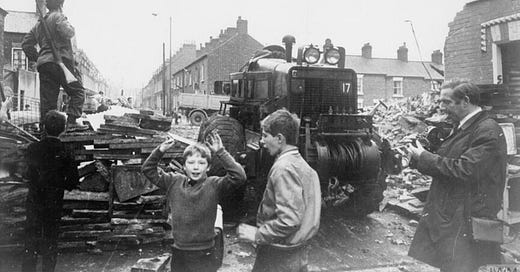The Protestant State of Northern Ireland
A political entity lacking in international or domestic legitimacy
This is the fourth in a series of commentaries on Ireland, the native land of my grandparents, and a land militarily conquered, politically colonized, and economically peripheralized by England from the twelfth century to our times. In the three previous commentaries, I review the history of English colonialism in Ireland, showing that the process of colonialism in Ireland is and remains in conformity with the general pattern that has characterized European colonialism and imperialism with respect to the Americas, Asia, and Africa. I analyze the fateful partition of the island in the Anglo-Irish Treaty of 1922 and the acceptance of the partition by a majority of the Irish, a historic error that was rooted in the limited understanding in the world of that time with respect to the economic pitfalls of post-colonial independence. I review the economic nationalist program of the Irish Free State, doomed to failure by partition and by the structural weaknesses of its peripheralized…


